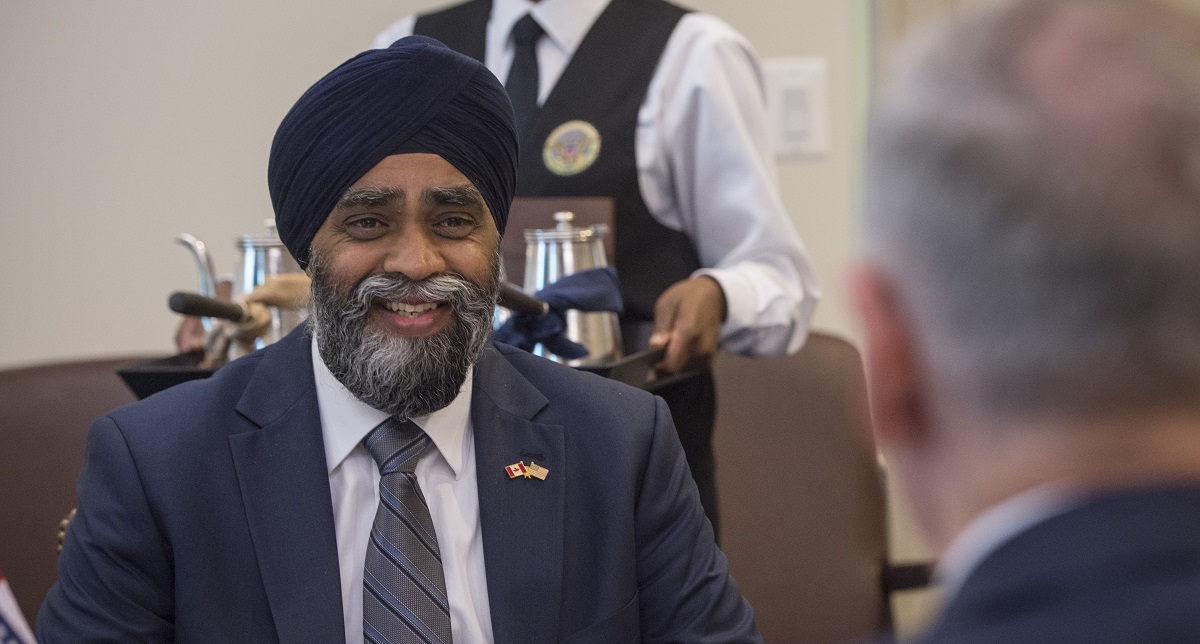Canada Nears NATO Military Spending Goals, Focuses on Arctic Defense
Canada is on course to meet NATO’s military spending guideline of 2% of GDP, with significant investments in the Arctic region, Defence Minister Bill Blair announced Friday. The strategic move comes as the Arctic warms rapidly due to climate change and Russia’s presence in the region grows.
In a meeting with NATO counterparts in Brussels, Blair revealed that Canada’s defense budget will see a substantial 27% increase next year.
“We’ve begun the important processes of acquiring the additional capabilities that we require and to meet NATO’s requirements of us,” Blair stated. This marks a pivotal shift from the past decade, where Canada’s defense spending hovered around 1% of GDP. According to NATO figures, Canada was estimated to be spending 1.33% of GDP on its military budget in 2023.
Canada’s heightened focus on the Arctic underscores its strategic importance, especially given the region’s increasing accessibility and geopolitical significance. “We are investing quite significantly in the high Arctic,” Blair said, highlighting the development of new military capabilities such as advanced maritime sensors to detect potential threats.
Blair expressed confidence that these investments would push Canada’s defense spending over the 2% threshold. “I believe it brings us inevitably to over 2% of defense spending. But I’ve got some work to do in order to be able to articulate that both to my own country and to our allies,” he noted.
The push to increase military spending aligns with NATO’s directive set after Russia’s annexation of Crimea in 2014, which urged member nations to halt budget cuts and aim for 2% of GDP on defense within a decade. As the ongoing conflict in Ukraine highlighted the necessity for robust military readiness, NATO reinforced the 2% spending as a minimum requirement. NATO Secretary-General Jens Stoltenberg indicated that around two-thirds of the alliance’s 32 member countries are expected to meet the 2% GDP defense budget goal this year, a significant increase from just three countries a decade ago.
Canada’s commitment to enhancing its military capabilities, particularly in the strategically vital Arctic region, signifies its dedication to meeting NATO’s defense standards and ensuring regional stability amidst growing global security challenges.



